As technology advances, we find better ways to route specific commodities into our homes. Modern homes will opt to use something different than galvanized pipes. Yet, there's still a wide range of homes that use them. As they age, they can become a big problem for you and others. If you're trying to find out how long they last in various areas, let's find out.
Galvanized steel pipes are rated to last between 20-50 years. Of course, the number of years depends on what you're using it for. When you use galvanized pipes for water supply lines, the minerals in the pipe and water react to form scale. Because of this process, your pipes will last significantly less time. Generally, they should last about 50 years in other areas.
Regardless of how long they can last, there's a danger to keeping galvanized pipes past their utility. There are some signs when you should replace them. Additionally, if you can't replace them due to budget, alternative solutions are able to address the issues. Regardless of the situation, there's still more information you might want to know. If you'd like to take a deeper look, keep reading ahead.
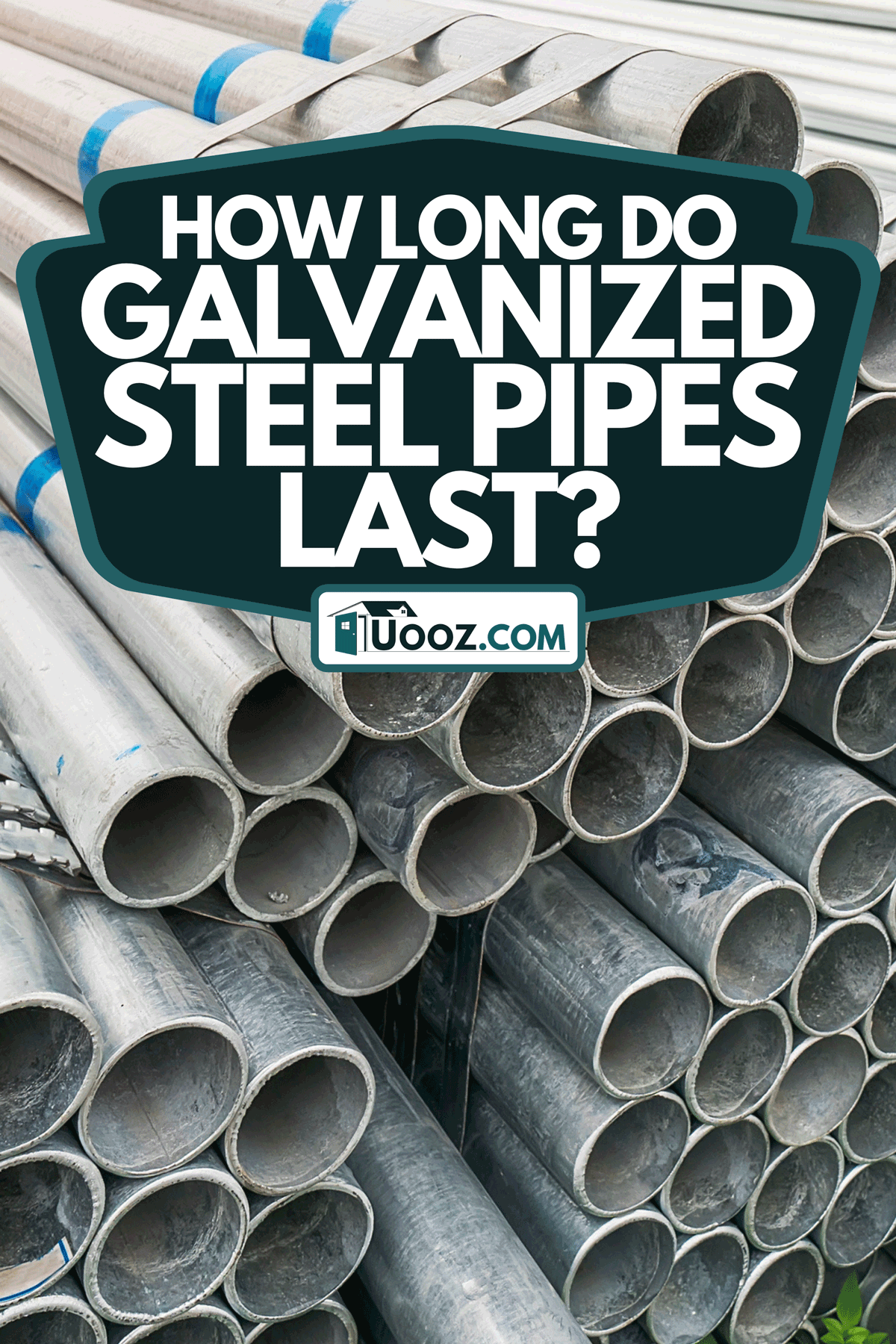
Why Are Galvanized Pipes a Problem in Older Homes?
Now that you know how long galvanized pipes last, there are some additional bits of information you might want to know. As we mentioned, galvanized pipes are a tool of the past. Modern construction has moved away from these pipes to alternatives. However, that begs the question, why did the industry decide to use alternative piping?
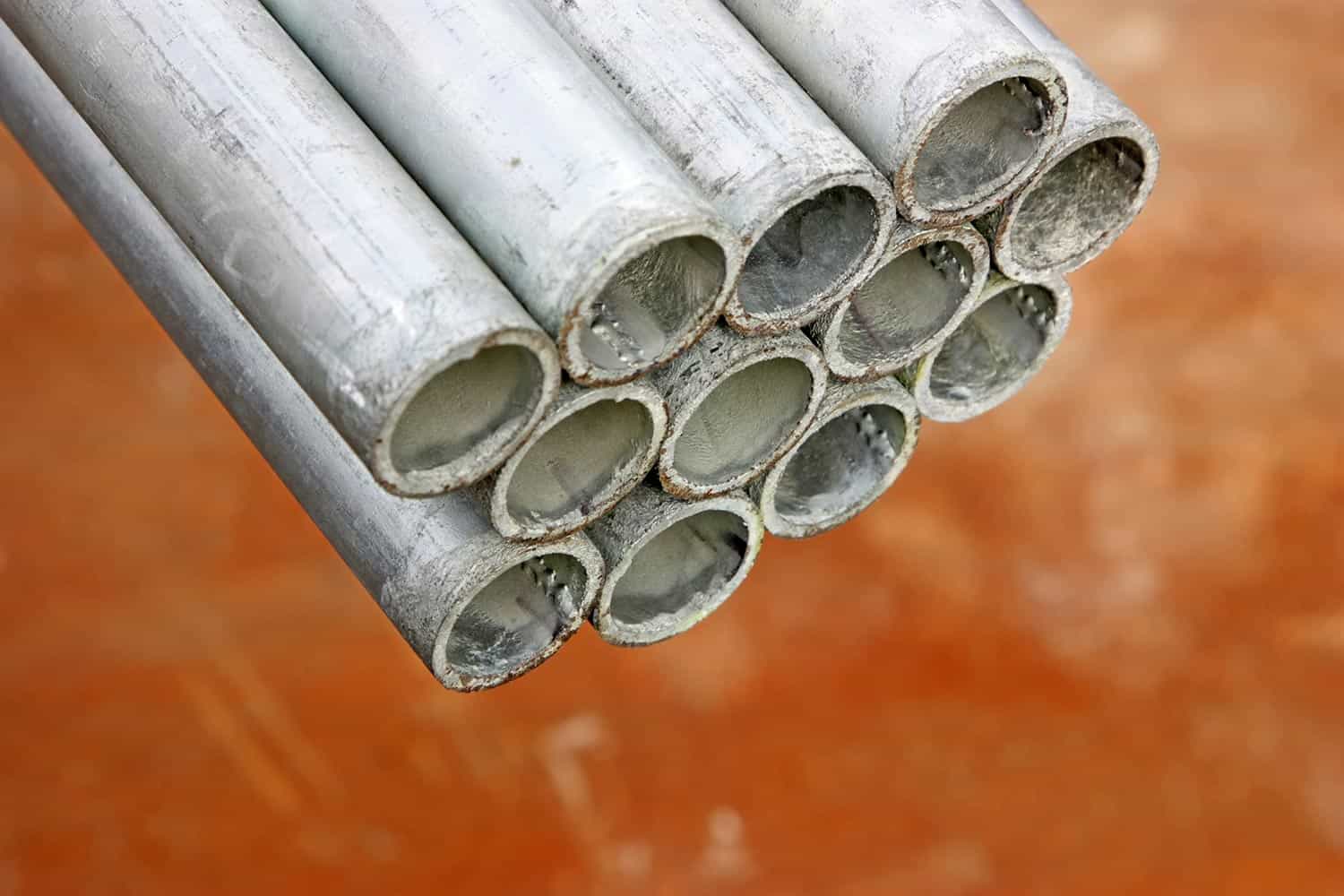
The straightforward answer is safety concerns. First, let's go over the background of how the galvanized steel pipes came to be. As a solution to problems from lead piping, galvanized steel pipes were the standard. They contain a zinc coating to help prevent rust and corrosion. Galvanized steel pipes were a good alternative for its time.
But, as time went on, there were clear dangers that were too hard to ignore. As decades passed, many found out that constant exposure to water causes the pipes to corrode and rust on the inside. If you have an older home, this might cause some concerns for you.
Signs They Might Need Replacing
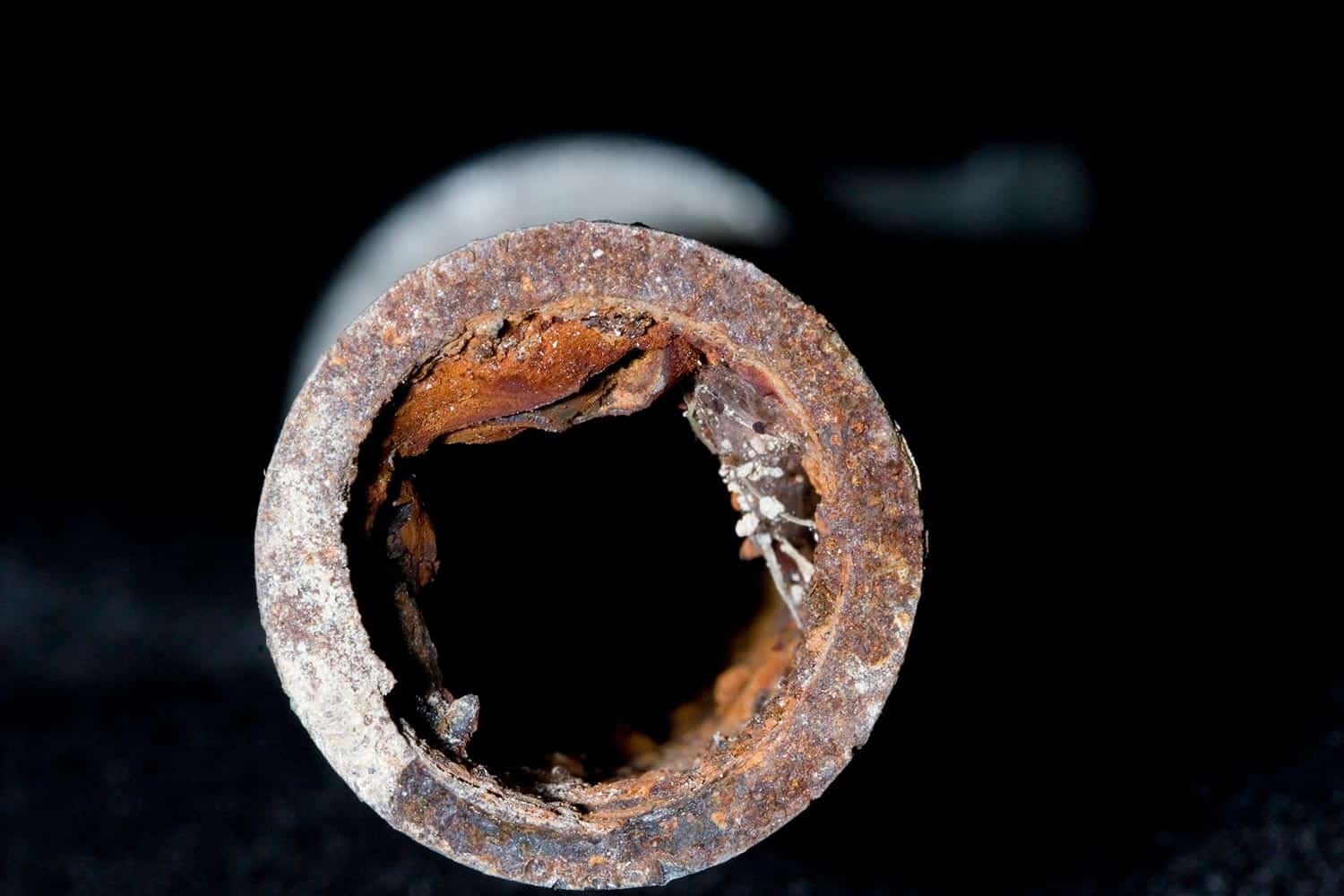
Before we panic, we need to go over the signs that the pipe's heading towards the end of its life or if problems are present. If you receive yearly maintenance from your plumber, they'll likely notice the signs before you do. Regardless, let's take a look at what to look out for.
Hard Water
As mentioned above, the minerals in the water react with the zinc to create scale. You'll notice this problem when you encounter hard water. Once it builds, water passes through these pipes, and out comes a foggy look within the water. If you're not familiar with hard water, it's water that is high in mineral content.
Low Water Pressure
Again, another issue with scale buildup concerns the amount of space the water has to go through. When sediment accumulates in the pipes, less water will flow through. And, since there's a low amount of water passing, it will also reduce water pressure.
Water Stains
Water stains are a sign that there is a leak somewhere. And, the only place that should be leaking is your pipes. Regardless, leaks are a problem that you should address immediately. They can go from minor pains to bigger trouble if you don't spot them right away.
Identifying the Pipes
Identifying the signs of aging/problematic pipes isn't the only precaution we should take. Before planning our next step, we will need to know if we're dealing with galvanized steel pipes. The first way we can identify will be by sight. Galvanized steel pipes are similar to nickel in color.
However, as it ages, it can vary from lighter to darker depending on your environmental conditions. Still, it can be difficult to tell if the pipes are older. So, the next step you can take is a scratch test.
The test is simple. You scratch the outside of the pipe with a screwdriver. For additional assurance, you will also stick a magnet to it. If you get a silver-gray color, you may have galvanized steel. Furthermore, if the magnet sticks to the pipe, it is most likely galvanized steel pipes.
Checking Age
Now we get to the final part of the process. We have to check the age of the pipes. This step applies more to the people who have no current problems with them. Again, the process is simple. You have to check when the year your home was initially constructed.
As some suggest, you can use the age of your home to determine the age of your galvanized steel pipes. If they're older than 40 years old, you should schedule a consultation with a plumber.
While you might know the dangers they can present now, immediate action isn't necessary. As long as they're holding up well, there is no need to replace your galvanized steel pipes.
Can Galvanized Pipes Cause Lead Poisoning?
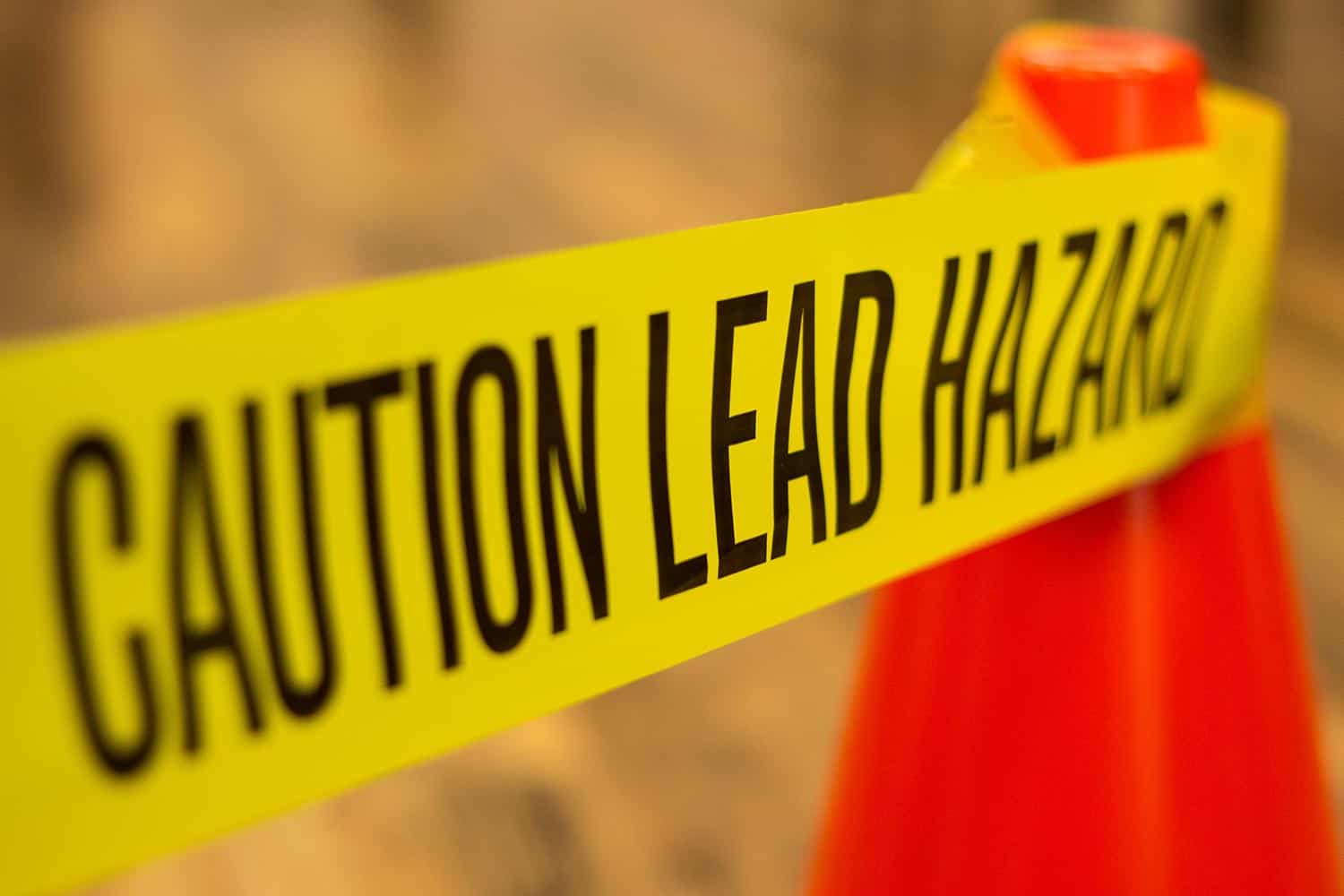
As we mentioned, you should take immediate action if your galvanized steel pipes are reaching the end of their life cycle. As the EPA states, lead particles can attach to the surface of galvanized steel piping. Over time, those particles can leach into your drinking water.
So, there is a potential to end up with lead poisoning. As others suggest, the real danger this type of piping presents comes in the form of lead and cadmium. They're more likely to leak into your drinking water the older the pipes are.
When Should Galvanized Pipes Be Replaced?
Again, if your galvanized steel pipes are functioning well, there's no need to replace them just yet. However, there will come a time where it's an unavoidable event to replace them. You'll know it's time to replace them when you notice the signs we've mentioned in a previous section. To quickly recap, the signs of piping gone bad are:
- Low water pressure
- Water stains
- Hard water
Still, there are also more advanced signs that you might want to investigate. If you start noticing rust around the pipe joints and rust spots on the pipes, it's time to get serious. Lastly, you'll know they're at the end of their life cycle once they begin to rupture and show signs of pin-hole leaks.
Looking for Alternatives
Regardless of the situation, the fact of the matter is you will need another option for piping. Since galvanized steel pipes are no longer used, you'll have to look at copper pipes, PEX, or PVC-CPVC as the new alternatives. Each come with their pros and cons.
How Much Does It Cost To Change out Galvanized Pipes?
There's no way to really tell how much it will cost to replace your pipes. In general, it will cost anywhere around $2,000 to $15,000. Several things factor into the cost.
For example, the new type of piping material you will choose can be cheaper or more expensive. The size of the area where you will be replacing the pipes is another variable that will influence the cost.
If you want a more specific figure, as some suggest, galvanized steel pipe replacement for an average two-bathroom home will cost somewhere around $8,000-$10,000 if you choose to use copper.
In comparison, if you opt to use PEX, the cost will hover around $4,000-$6,000. These figures should give you a rough estimate to apply to your situation.
What Can I Substitute for Galvanized Pipe?
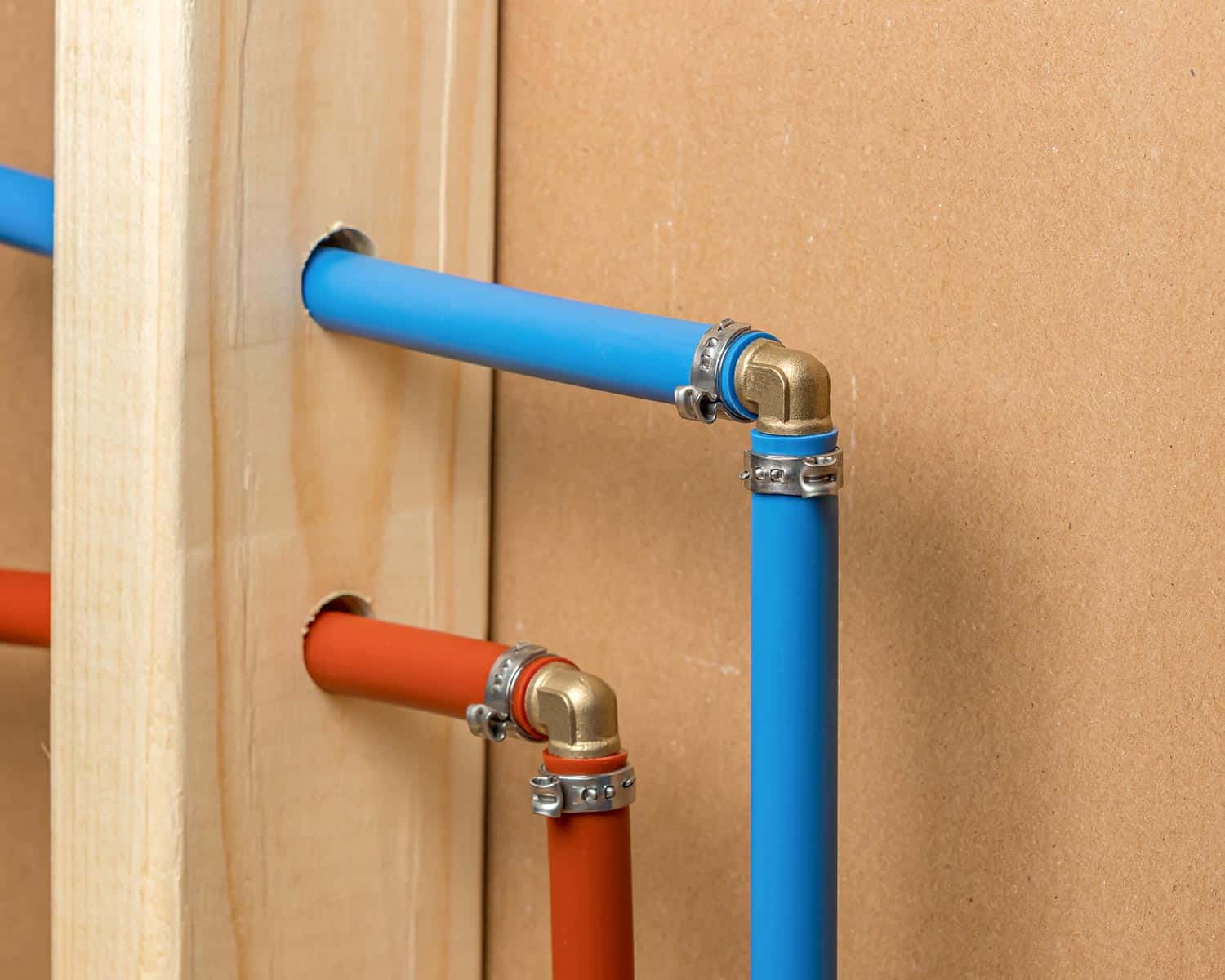
There are several options you can choose to replace your old galvanized steel piping. PEX, copper, and PVC-CPVC are the three main choices that you will have to consider. The cheapest of them come between PEX and PVC-CPVC. Between the two, PEX comes out more expensive than PVC.
In terms of quality, durability, price, and recyclable value, copper comes out on top. Copper is resistant to corrosion, reduces bacteria growth inside the pipes, and is not affected by ultraviolet rays. But, as you may have noticed, we only said it's resistant to corrosion.
So, it will wear out eventually. This situation depends on the pH levels of water. Regardless, there might be some people who don't have any problems with their galvanized steel pipes. In this case, you can opt to choose between replacing and relining the pipes.
It's a cheaper solution that helps prolong the usage and prevents the harmful situations mentioned above. All in all, you have a lot to consider if you're home uses galvanized steel pipes.
Final Takeaway
Taking care of your home should be one of your top priorities. Older homes tend to require more focus on attention to detail. Regardless of your situation, now you know what to do if you have galvanized piping. We hope you found the information above insightful!
Before you go, do you have other galvanized steel pipe concerns? Rust is a serious concern with this type of pipe. If you'd like to find out how to prevent rusting in them, find out by checking out our post here.
One of the options we mentioned to replace galvanized steel pipes is copper! If you'd like to know how long these last and more, find out by checking our post here. Until next time!
